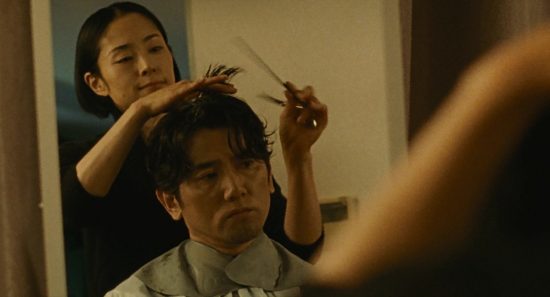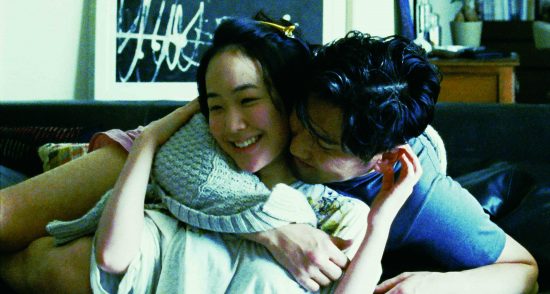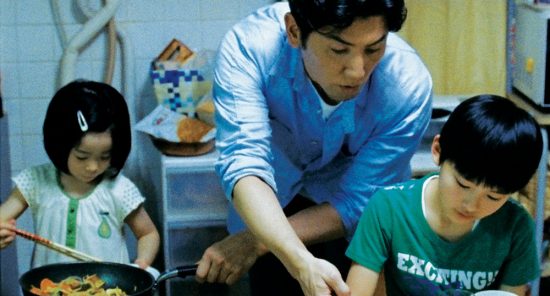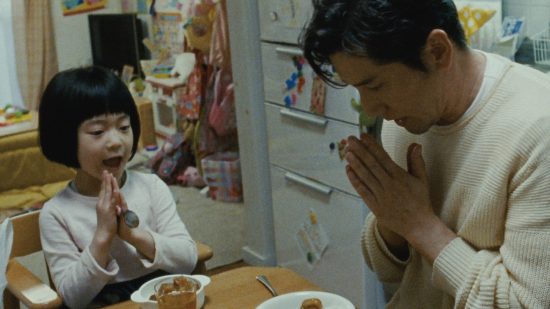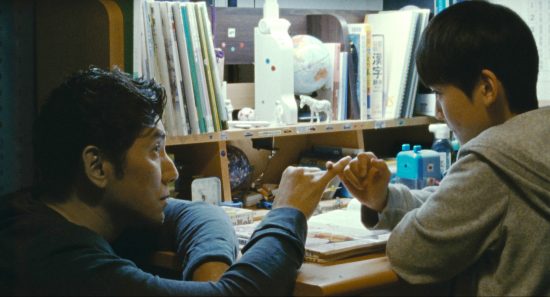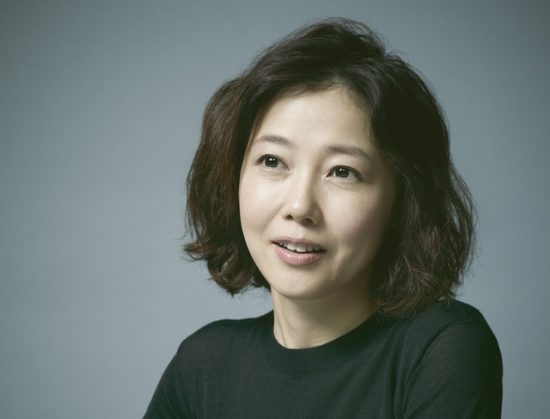Translation: The Making of The Long Excuse
Trevor Hogg chats with Nishikawa Miwa about adapting her novel The Long Excuse for the big screen…
Along with her novel A Long Excuse about an adulterous novelist having to cope with the aftermath of his wife dying from a fatal tour bus accident being considered for the Yamamoto Shūgorō Prize (Japanese literary award), filmmaker Nishikawa Miwa decided to make a cinematic adaptation starring Motoki Massahiro, Pistol Takehara, Fujita Kenshin, Shiratori Tamaki, Ikematsu Sousuke, Kuroki Haru and Fukatsu Eri. “There are many restrictions when it comes to shooting a movie such as time and budget. I was always keeping mind those restrictions when writing the script. In the last half of the novel ,I introduce quite complicated events as well as new characters uttering quite important things. However, I couldn’t do that in the movie. I made it simpler. Also, I wanted to use Kinugasa Sachio [Motoki Masshario] as the main character. Everything happens around Sachio so that’s the structure that I aimed at in the movie. For example, when I was writing the novel I deliberately did not introduce a particular scene and set it aside for the movie in the future. That includes the scene when Omiya Yoichi [Pistol Takehara] and Sachio are enjoying the summer on the beach. Sachio sees the silhouette of his late wife. Visually I wanted to convey a message that an audience can interpret in his or her own way to understand what was happening there.”
The protagonist is not likeable as he is egocentric and self-centred. “I agree that the main character is not a likeable person, therefore, charisma is important,” states Nishikawa. “I wanted to have a main character as a person who has human foolishness and weakness. That was the type of person I wanted to describe. But at the same time ,I needed the audience to follow, cheer and wish him well throughout the story. We needed someone just like that. It just so happened that Mr. Hirokazu Kore-eda [Japanese filmmaker known for Shoplifters] knows Mr. Motoki well. Mr. Hirokazu Kore-eda told me that the character is like Mr. Motoki’s personality so he gave me advice to cast him as the main character. I wasn’t sure if I wanted to do so because I had an impression that Mr. Motoki is self-conscious and has a complicated personality. But Hirokazu Kore-eda said , even so,he has certain charms that attract people. I listen to Hirokazu Kore-eda’s advice and cast him.”
A key relationship develops between Kinugasa Sachio and the children of widower Yoichi Omiya whose wife was killed during the same tour bus accident. “I auditioned more than 300 children,” reveals Nishikawa. “Most of them never had any experience acting. Out of that two of them were chosen. Omiya Shinpei [Fujita Kenshi], the older brother, in his real life has a little brother and sister so he was used to looking after a younger sibling. Also, because he’s othe ldest sibling he had an atmosphere of supressing his own desires and wishes in order to look after a young one. It was natural to him. I thought his character was close to Shinpei’s. In regards to Omiya Akari [Shiratori Tamaki], the young girl, she was only three years old when we were casting so she was barely able to communicate with us. She was not shy at all and very curious. Shiratori was so little but she had an interesting character. She wasn’t girlish nor boyish. The key was the characters of the boy and girl in the movie were very close to their natural personalities. Because they didn’t have any experience, if I asked Akari to walk straight she wouldn’t and couldn’t. Also, when she gets sleepy she was in a bad mood. It was chaos!”
Kinugasa Sachio has a nervous breakdown as he does an Internet search of his name. “I’m sure that Mr. Motoki was quite embarrassed to be acting that way!” laughs Nishikawa. “The Internet and SMS are prevalent these days and distort the self-consciousness and complexity in people’s minds. For example, after I release my work sometimes I Google myself and works and may find something I wouldn’t want to read. When I do so I get deep into this habit of Googling and that would probably be contributing todestroying my self-consciousness or self-worth! It doesn’t have to be well-known people, writer or actors; that could happen to anyone who has a self-consciousness and desire to be known and be loved. Internet technology makes it complicated for those people.”
“I have seen so many different movies so in terms of framing it is based on my accumulated knowledge of cinema,” notes Nishikawa. “I am more intuitive so the framing and film technology differs case by case or movie to movie. For this movie, I discussed with the director of photography [Yamazaki Yutaka] to use natural lighting as suppose to artificial lighting as much as possible. For example, in the latter half with Sachio losing his wife and struggling with his daily life I wanted to depict his dark chaotic state of mind; that is why I used as little light sources as possible to describe his dark mood.” The apartment complex shown in the movie was a confining environment. The rooms of the apartments are so small so it wasn’t fit for shooting but I wanted to use an actual one. It was challenging to find a good apartment in that location.”
One thing that can not be described in a novel is sound. “When making a movie I pay attention to the sound design,” remarks Nishikawa. “Thinking about sound design is the most pleasurable work for me when making movies. For the first time, I decided to use classical music. There is the last scene where the main character is in his own house but hearing piano music played by a neighbourhood child. I decided to use Handel’s The Harmonious Blacksmith which I was always thinking about when I was writing the novel. Since I decided to use Handel I used the same music in a different arrangement in several parts of the movie.” Dealing with the young cast members was a major challenge. “Working around the time schedule and behaviour of the children was a first experience for me.” The beach sequence is a favourite moment. It’s a beautiful scene captured on super 16mm film. When I’m writing a novel there’s always a scene where I could not describe in words. This is a good example where actors were there describing what is happening with their own bodies and with beautiful music as well.”
Many thanks to Nishikawa Miwa for taking the time to be interviewed and for more information visit the official website for The Long Excuse.
Trevor Hogg is a freelance video editor and writer who currently resides in Canada; he can be found at LinkedIn.

